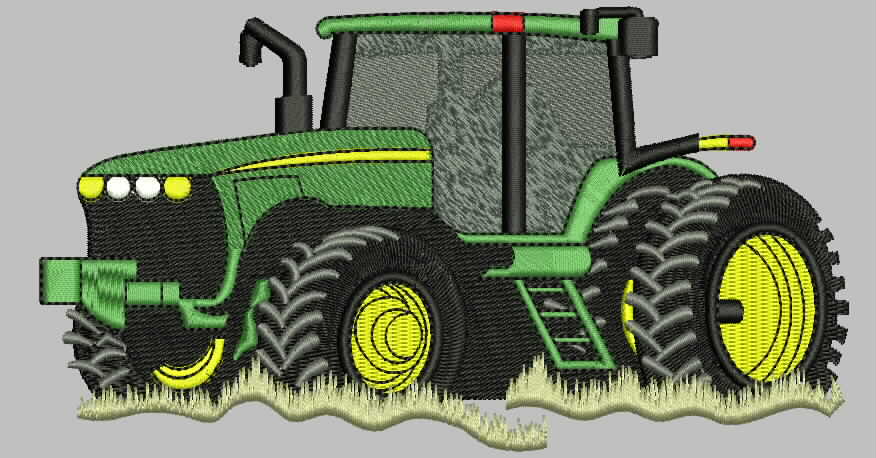
Embroidery is one of the most highlighted words in the industry. If you want to make a name in the embroidery, you can do it by having enough knowledge of the stitch type and how to do it. The following are the different names and kinds of stitches, which you may find helpful.
Embroidery Stitches Kinds:
We are going to talk about some machine embroidery stitches. There are plenty of embroidery stitches available in the market as well some manual embroidery stitches are also present. Accordingly, you have to know the usage and the difference between the stitches before moving on to the information about machine embroidery.
After learning, you will get to understand that stitch and embroidery are connected. The pricing and timing of the embroidery are dependants on the number of stitches. The number of stitches is as counted, when the needle drops. Moreover, if the needle drops for one thousand times, that means there are one thousand stitches on a design. Now let’s take a look at the different kinds of stitches.
We look at the different kinds of stitches to work accordingly and acknowledge ourselves by their facts without any problem.
1. Satin Stitches:
This stitch is also known as jump stitch. It is the most used stitch in the embroidery. Furthermore, it has a technique, which runs like left-right-left-right. You can use these stitches for a straight object that is less than 1 cm. However, it is the most detailed and accurate stitch you can use to complete your task. It’s also use to outline and attach appliqués to the ground fabric. By using a zigzag stitch, you can execute all the narrow rows of this stitch.
Some different variants, which listed accordingly in this stitch, are brick, bourdon, encroaching, padded, etc. In these variants, there is a discussion about the shadings, colors, stitch lengths, etc. Furthermore, they provide a decent look over the design of machine embroidery and to make its higher value in the market.
2. Tatami Stitch:
We use it to fill big space objects; therefore, also known as a fill stitch. Tatami stitch is an exact stitch to use when the product is higher than 1 cm. Moreover, it provides a great aesthetic appeal to a design while giving a smooth touch.
3. Zigzag Stitch:
Zigzag stitch is more like a left-right design. In addition to this, it matches with the satin stitch, but the main distinction is that the satin stitch is like a straight one line angle and the zigzag stitch goes like angle to angle. Moreover, there should be enough spacing in between the two stitches.
4. Cross Stitch:
It is the last but not the least kind of stitch, which applies in hand embroidery. Furthermore, it has a list of full cross, quarter cross, half cross, etc.
Conclusion:
After getting all the points, you can select the best option according to the requirements of your design while knowing every kind of stitch.
 315-215-0681
315-215-0681







